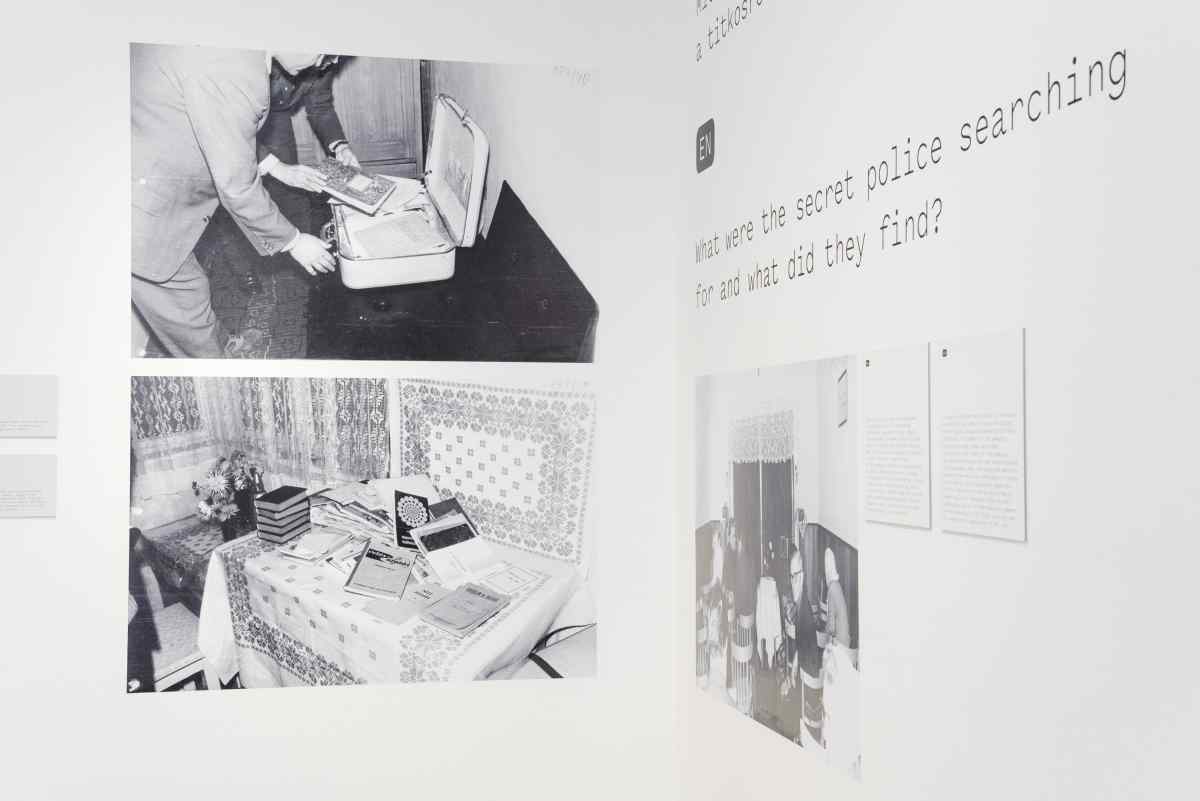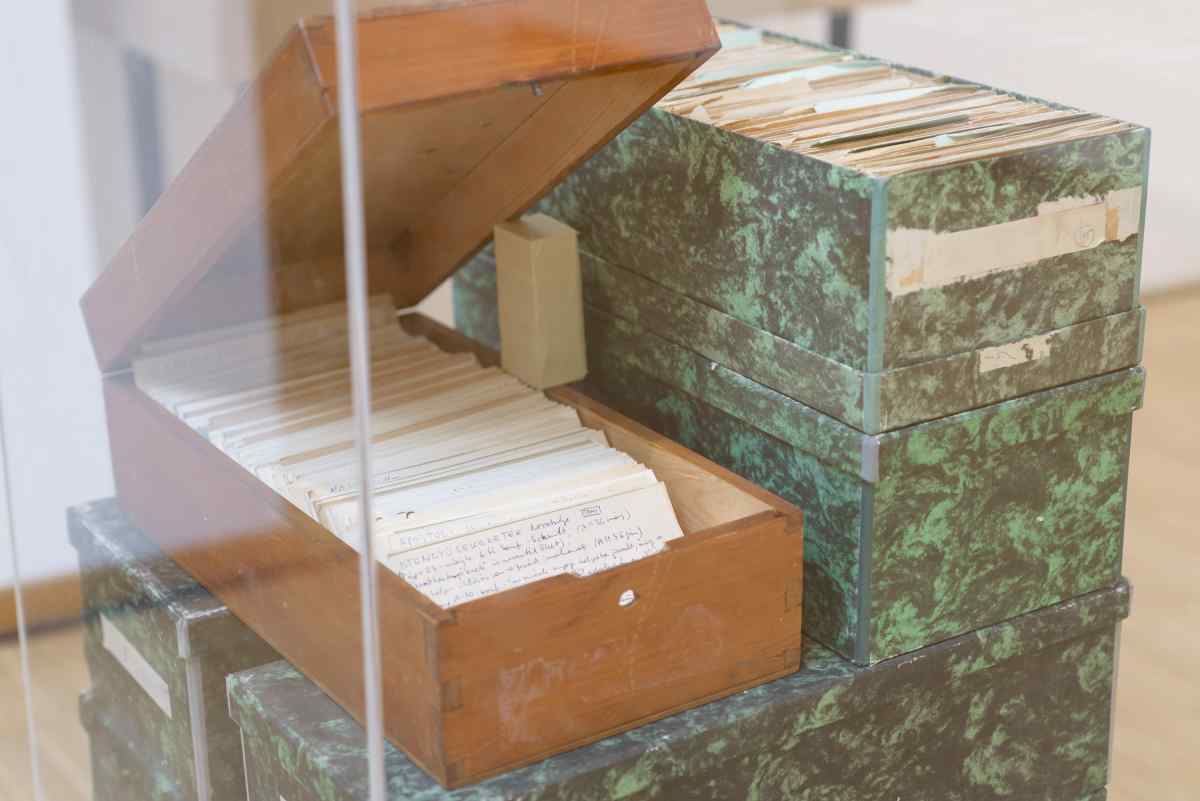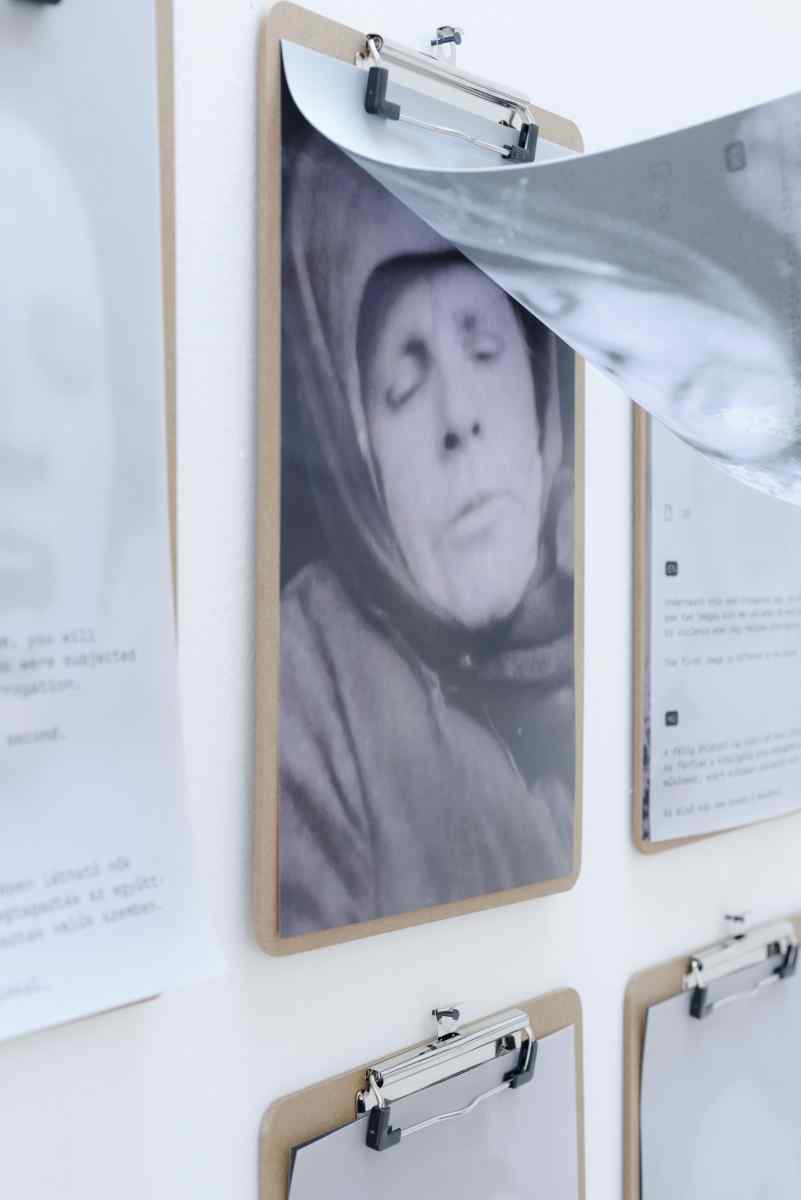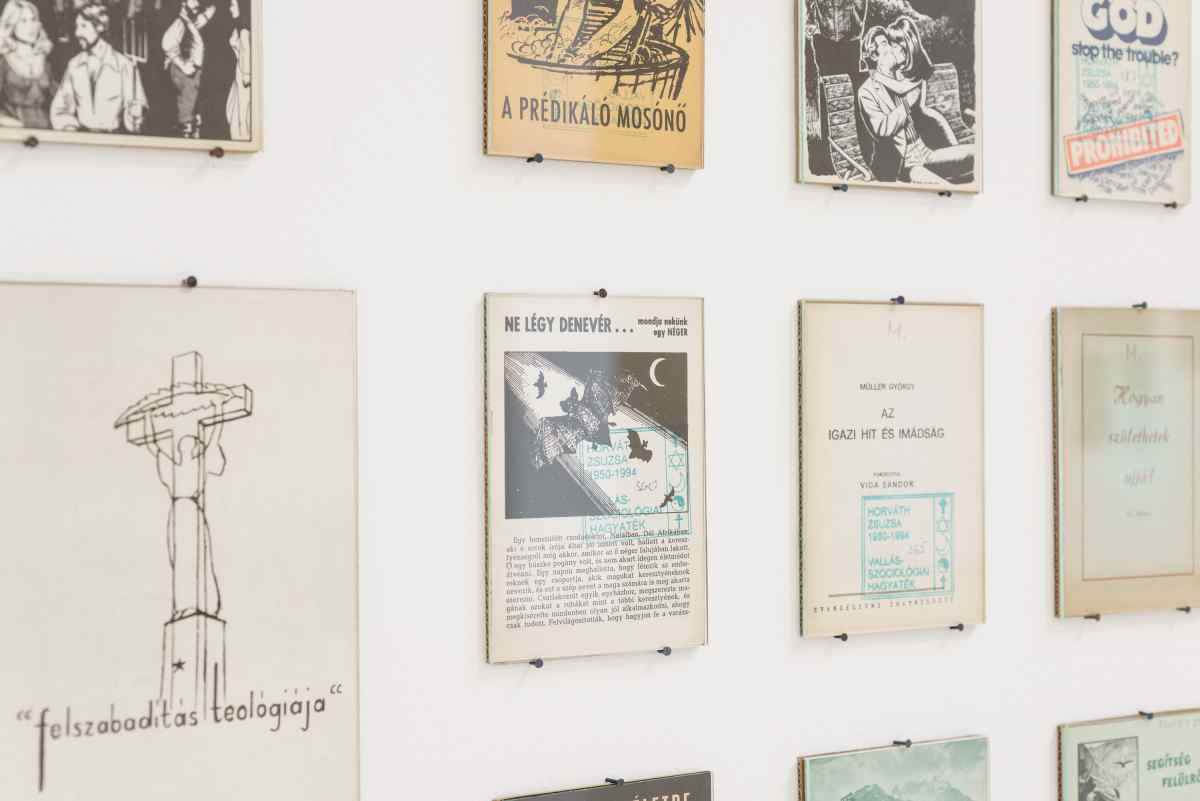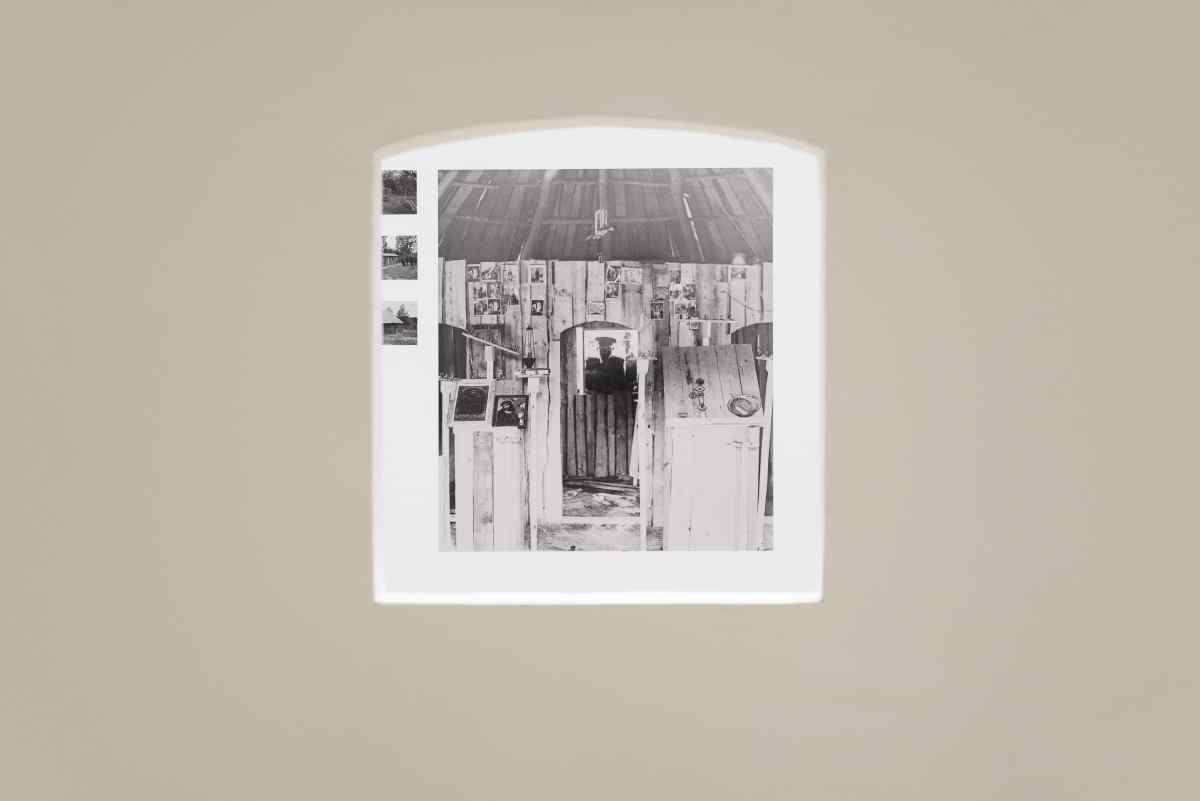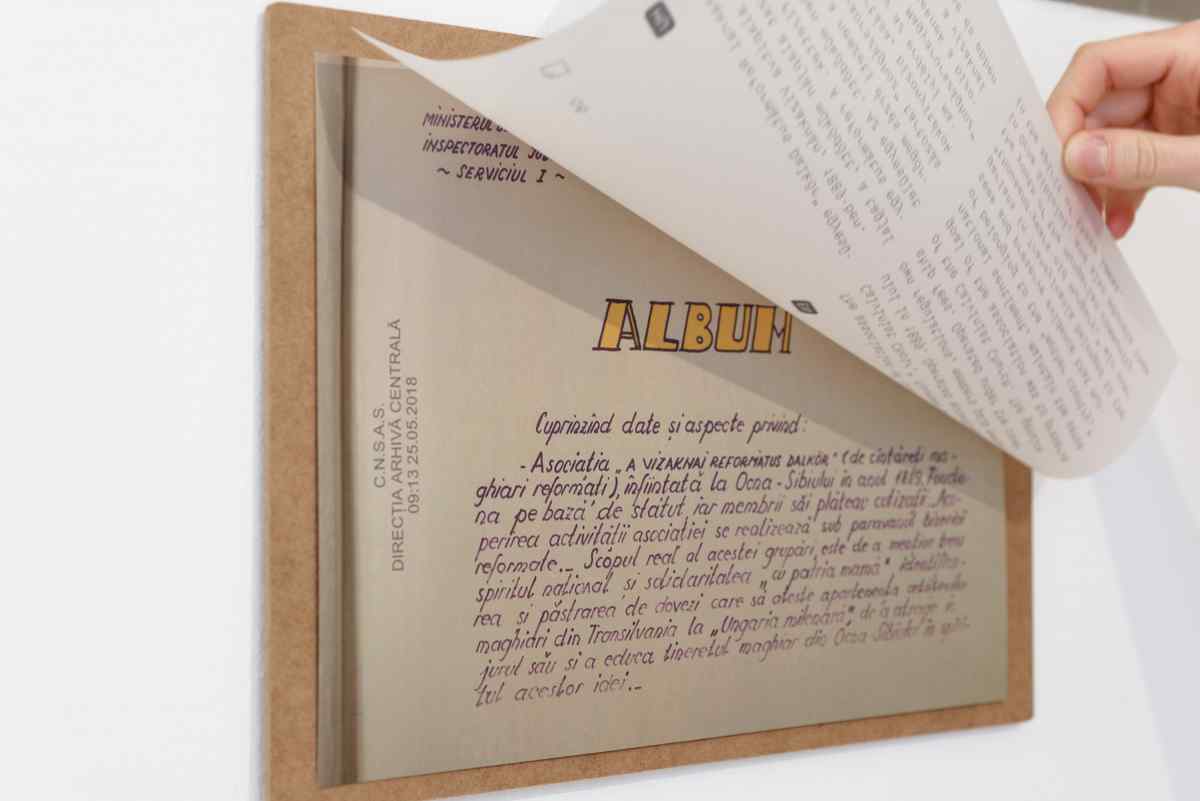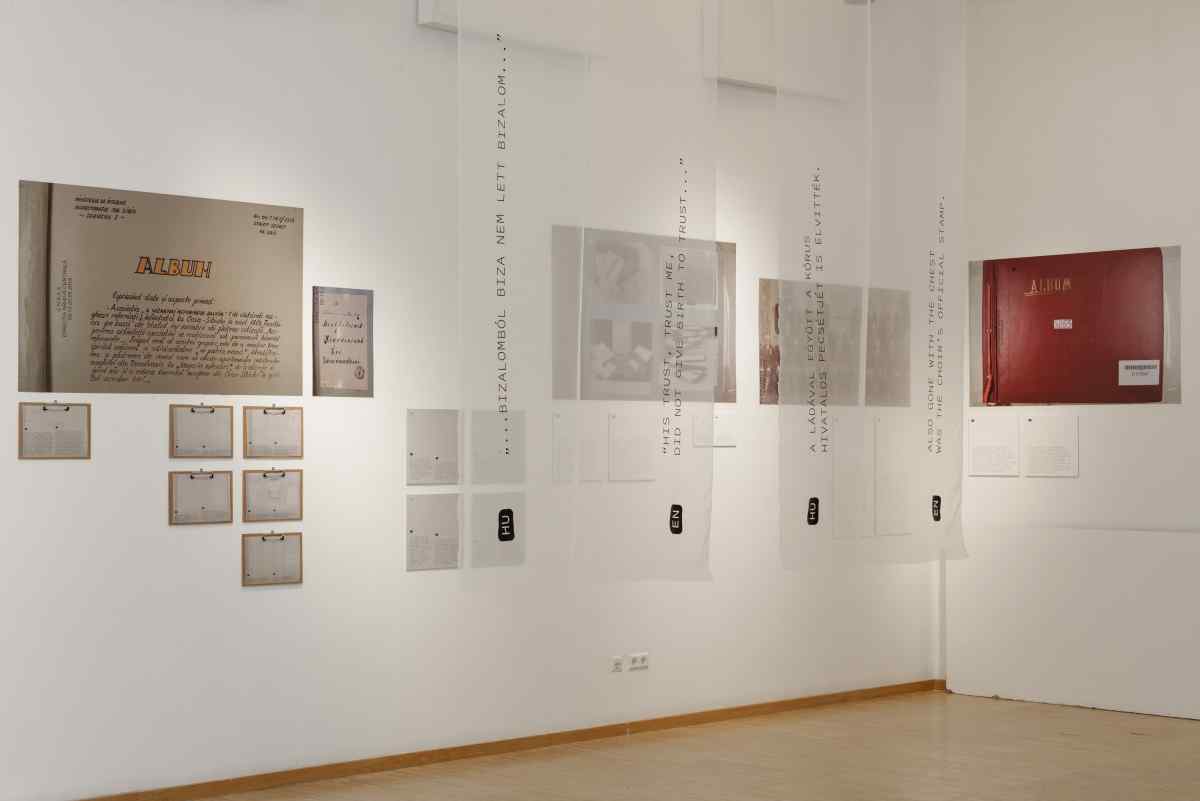Faith – Trust – Secrecy
Religion Through the Lenses of the Secret Police
grafikai és kiállításdesign / graphic and exhibition design: KOPHELYI Dániel
ko-kurátor / co-curator: James KAPALÓ
vezető kutatók / lead researchers: HESZ Ágnes, POVEDÁk Kinga
The exhibition Faith – Trust – Secrecy is about the ways in which Communist totalitarian states through secret police operations “captured” religion in images, graphics, texts and folders in order to control and eliminate those they deemed untrustworthy.
Faith and trust are two of the central foundations of religious community but secrecy also represents a common feature of religions throughout history. The secret police, as their name suggests, depended on secrecy practices, whether real or simply performed, and as part of their undercover operations they sought to gain the trust of the communities they wished to infiltrate. Researchers of religion, both during Communism and today, also require the trust of the communities that they research and they practice their own forms of secrecy to protect the identity of research participants.
Here we present the complex interactions of the secret police with religious groups and those seeking to research them. Faith and trust, whether sustained or broken, and secrecy are interwoven in the images, narratives and testimonies on display.
This exhibition forms part of a larger project funded by the European Research Council that explores the creativity of religious groups under totalitarian rule through the holdings of the secret police archives in four countries: Hungary, Romania, Ukraine and the Republic of Moldova.
You can explore these materials in greater detail by visiting the Hidden Galleries Digital Archive: http://hiddengalleries.eu/digitalarchive/
This project received funding from the European Research Council (ERC) under the European Union’s Horizon 2020 research and innovation program No. 677355.
